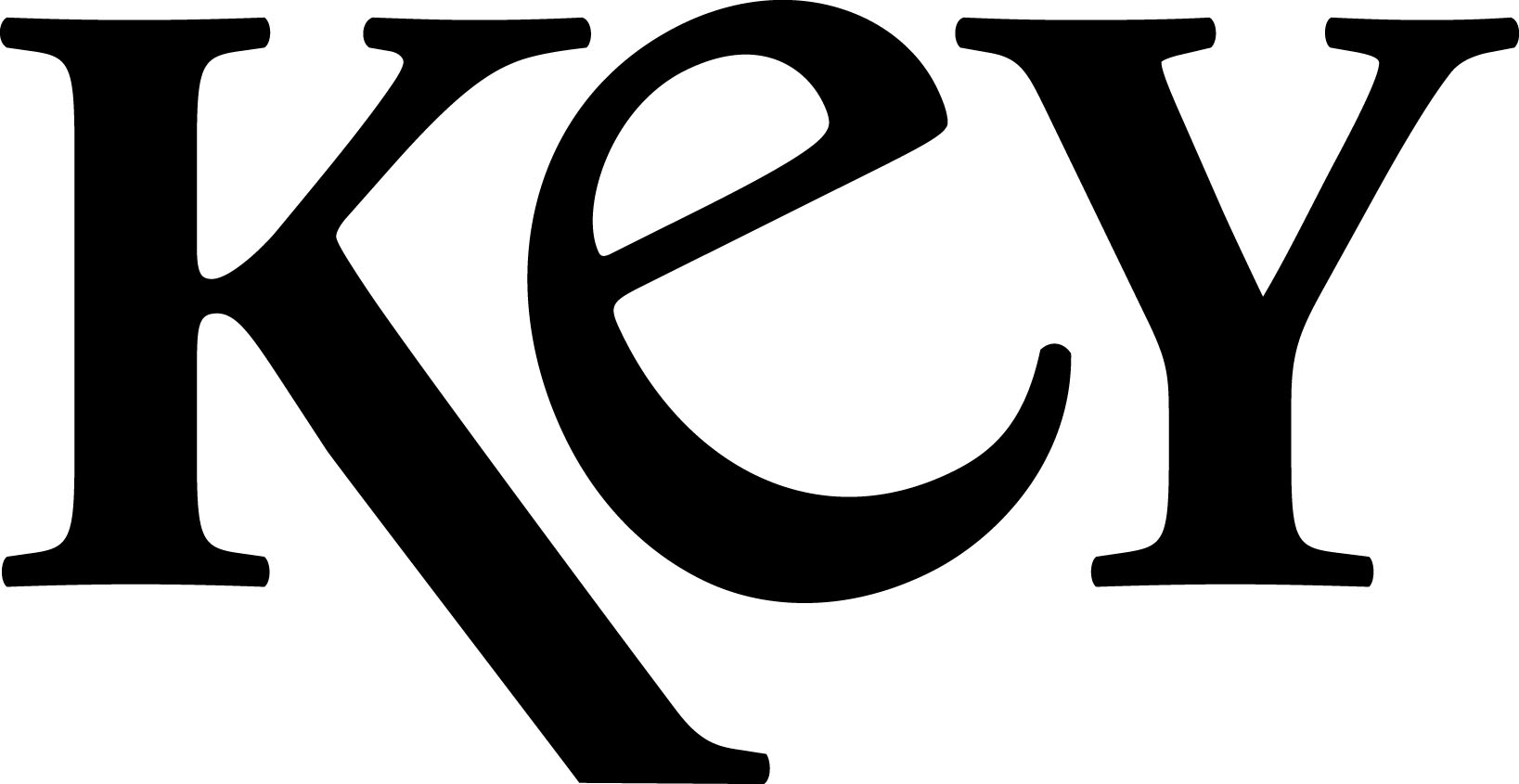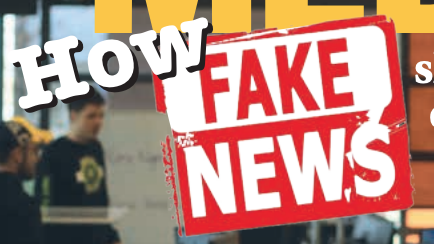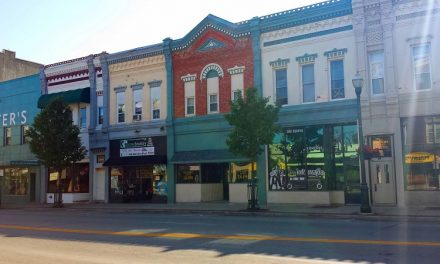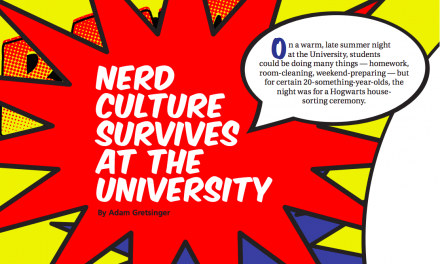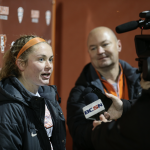
By Brandon Long | Spring 2018
The recent influx of the term “fake news” and the spreading of scientific denial in the media may have some educators and students disgruntled.
Here at the University, professors are teaching students how honesty in the media can be achieved without destroying freedom of the press.
This is not a new issue: Thomas Jefferson was a main proponent of freedom of the press. He knew that freedom of the press was paramount. It does not mean, however, that there will not be media outlets that abuse this
power and propagate falsehoods. There is a self-regulatory factor to news, false news gets criticized, but so does factual news. The fairness doctrine introduced in 1949 encroached on freedom of the press in hopes of making a fair and balanced media system.
It allowed direct government intervention by mandating news outlets cover both sides of controversial issues. Dr. Saif Shahin is an assistant professor of journalism at the University. He has 10 years of experience in journalism writing in India, England and the Middle East and continues to globally contribute his writings today.
“It was an important measure that institutionalized the public service aspect of journalism, encouraging broadcasters to cover issues of public importance and be balanced in their coverage,” Shahin said, describing the fairness doctrine. It was a controversial piece of legislation at the time, but one could see the utility in it.
It has not always been that the press could say whatever they wanted. The press has always been able to criticize the government, which is what was in mind in the phrase, “abridging the freedom of speech, or of the press.”
“The aim should be to strike a balance between not encroaching upon press freedom and ensuring the idea of press freedom is not abused to spread lies.”
— Dr. Saif Shahin —
Asistant Professor of Journalism
Kuhlin Center, BGSU
“It started getting watered down under Reagan in the 1980s and was finally removed during Obama’s presidency in 2011.
Its dilution coincides with the blatant partisanship in news that we started seeing more of since the 1990s,” Shahin said. Ami Palmer, a doctoral student in philosophy at the University, shared his thoughts on the fairness doctrine, as well.
“The Fairness Doctrine is a doubleedged sword,” Palmer said. “On the one hand it can ensure politically marginalized views [receive attention].
However, on the other hand it gives the public a false sense of balance of the legitimacy of views.” This is still a problem today with reporting on climate change. Having two sides equally debating the legitimacy does not represent the scientific consensus of climate change.
It is possible to be for freedom of speech but also want media outlets to receive criticism for spreading blatant misinformation. Shahin does not think the solution is in allowing the government to directly regulate the media.
Shahin, in his opinion, has a solution. “[Government] can mandate, say, a council that includes journalists, media scholars, and other stakeholders who could listen to complaints about unfair coverage and advise news organizations on how to make their coverage fairer,” Shahin said.
The exact details of how to implement this is unclear, so there is a possibility of overshooting power in favor of media censorship.
“The aim should be to strike a balance between not encroaching upon press freedom and ensuring the idea of press freedom is not abused to spread lies,” Shahin said.
Offering government broad, unspecified regulatory power is vehemently fought against by most first amendment supporters. It is much likened to using a hammer for a job that requires a scalpel.
In Shahin’s approach, a council of professionals who are familiar with the field and determining what is “fair and balanced” is a less invasive way of mitigating unfair news than direct government intervention because it is not mandating speech, it is advising it mostly. “It’s better to err on the side of too much liberty than not enough.
The cost of being under that bar are so great to an accountable democratic government that it is not worth the risk,” Palmer said. Perhaps a solution to this is in reclaiming public trust in experts.
Most of the climate change doubt lies on the Republican side of the aisle, according to an article titled “The Politics of Climate” from the Pew Research Center.
“If you ask [liberals and conservatives] who are the experts on climate science, they will point to the same people. The difference is the conservatives don’t trust the scientists because they are part of a liberal institution,” Palmer said.
This seems to be looked over in most discussion of climate change denialism. Lack of trust seems to be a problem, If solved, it will quell a lot of the science denialism. “Knowledge claims and social trust run together. If somebody is an expert, it doesn’t matter what they say if you don’t trust them. Part of solving the problem is restoring and reinforcing social trust in
our Universities and experts,” Palmer said. American Republicans are more likely to doubt scientists than Democrats.
This solution is from the inside rather than by policy or abridging the media in some way. This method is more noninvasive, but the problem of the media being able to propagate false claims is left untouched.
This whole problem comes down to wanting policy to be married to the expert consensus. However, if solved it will provide us a better map to navigate our society through.
Just like you would not want to use a GPS that lacks knowledge of a road that is under construction, – or worse, it knows but hides that from you willingly – we do not want our government making policy that does not represent our best informed, most likely picture of the world.
“Think of it this way, suppose one fact is 85 percent likely to be true, and 15 percent likely to be false, which view are you going to adopt if you have to make policy?” Palmer asked. Of course, it could be wrong. Science is always being superseded by better science.
But a change of perspective when viewing science could offer a solution. “Conclusions are expressed probabilistically,” Palmer said. “But the media and the public understand science in terms of absolutes.”
“It’s better to err on the side of too much liberty than not enough. The cost of being under that bar are so great to an accountable democratic government that it is not worth the risk”
— Ami Palmer —
BGSU Ph.D. Student,
Philosophy
